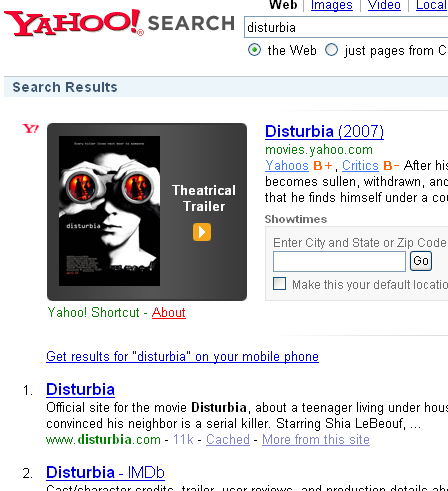Internet Marketing
Sunday, April 29th, 2007Internet marketing means different things to different people. I like to use my own simple definition: the purpose of Internet marketing is to increase brand exposure and drive traffic to a given web property. Wikipedia takes on a different angle and defines Internet marketing as “the use of the Internet to advertise and sell goods and services”. I’m not sure I agree with this, but there is one thing I think we can all agree on. There isn’t ONE way to market or sell a service online. A comprehensive, well-planned campaign is necessary for success.
Why do I say that?
Well, as an Internet marketing & strategy consultant, I come across clients who want to specifically leverage one type of Internet marketing vehicle to promote their site. Whether it be SEO, pay-per-click, or e-mail marketing, the client is set on one method and their vision is narrow. Surprisingly enough to them, the strategy they are set on using is not always the best choice. Furthermore, a true campaign encompasses different strategies.
At the end of the day, increasing brand exposure and driving qualified traffic are the main goals. It doesn’t matter how this is accomplished. SEO, link building, affiliate marketing, e-mail campaigns, PPC, and advertising are all great, but the goals and milestones of the company must be outlined. From there, an online strategy can be set forth.
Add to that the fact that some techniques, such as link building, have two-fold effects. Not only does link building provide much needed SEO juice, but it also drives direct traffic via the link itself. Killing two birds with one stone is always a plus.
Companies and clients alike need to be open-minded when it comes to marketing on the web. There isn’t a single solution. Innovation, creativity, a well-developed plan, and solid execution are the key points to a successful campaign online.
